A JOURNEY INTO THE LAND OF SAN MARZANO: THE AGRO SARNESE NOCERINO. AN IN-DEPTH LOOK AT ALL STAGES OF THE TOMATO LIFE CYCLE: FROM SEED TO NURSERY, FROM FIELD TO STORAGE. WITH AN EXCEPTIONAL GUIDE, THE ONE OF CASA MARRAZZO
Up at half past four, flight at dawn, and by 8.30 we are already in Naples in a rented Jeep. Our trips to visit producers are always very thick: after two days I return home with the feeling to have experienced at least five. Intensity of encounters and stories, landscapes and suggestions, scents and emotions. One of the stories we were told on our last trip was that of Casa Marrazzo.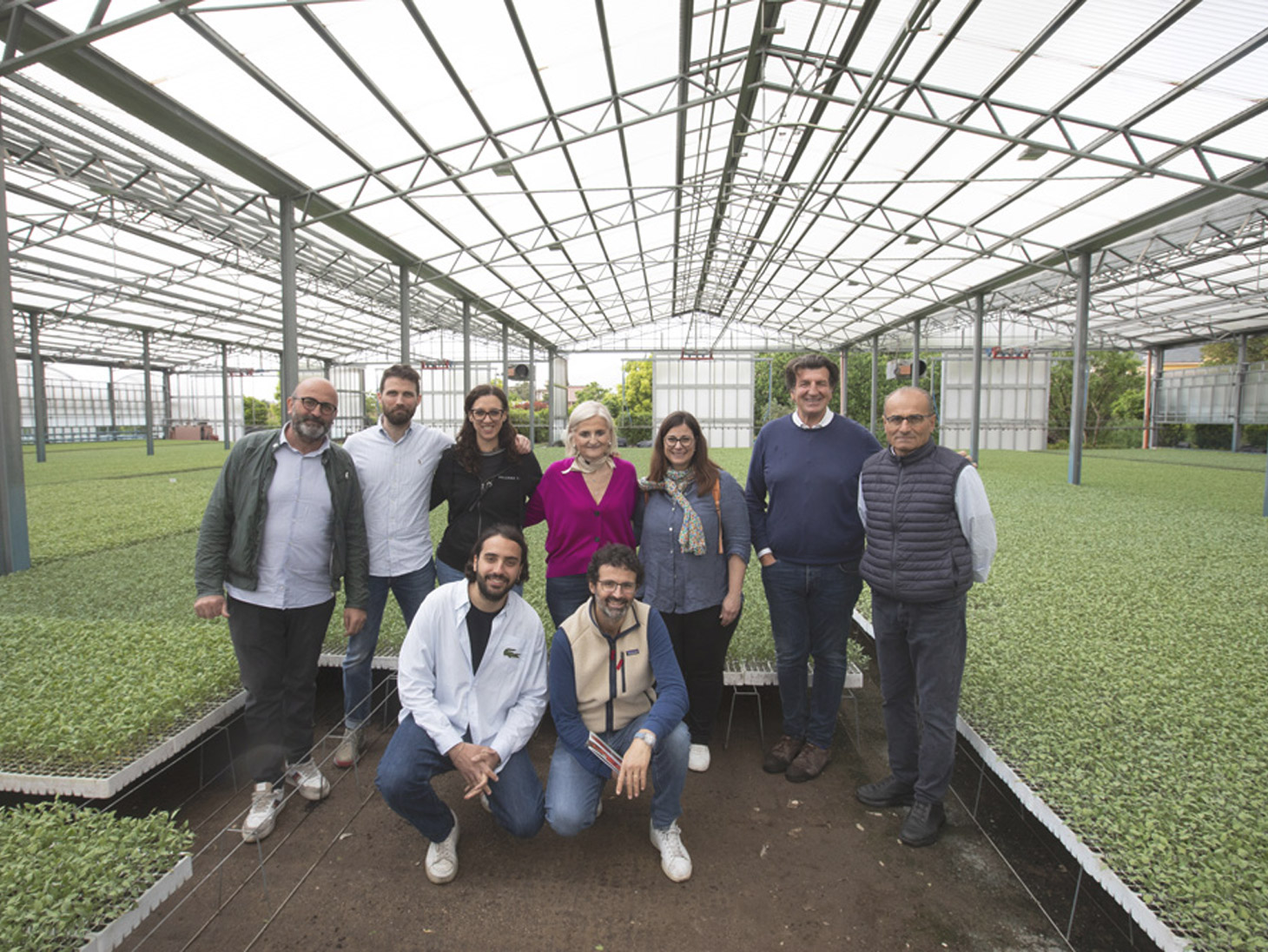
Founded by Pasquale Marrazzo in the early 1900s, at the beginning Casa Marrazzo was a farm producing fruit and vegetable. In the 1970s, his son Carmine had the intuition to start processing redundant raw materials on the markets, mainly for third parties. At the end of the 1990s the third generation joined the company, first Teresa and then Gerardo.
They started the production of tomato sauces and canned vegetable with their own brand "Casa Marrazzo". And today joined the family business also Gaetano, Teresa's son, the fourth generation, who recently returned to Pagani after a working experience in Milan in a communication agency. 'We are all sons of the Earth and it would be good not to forget it": this is the greatest legacy collected by dad Carmine, Teresa tells us, the respect for nature and for the agricultural world.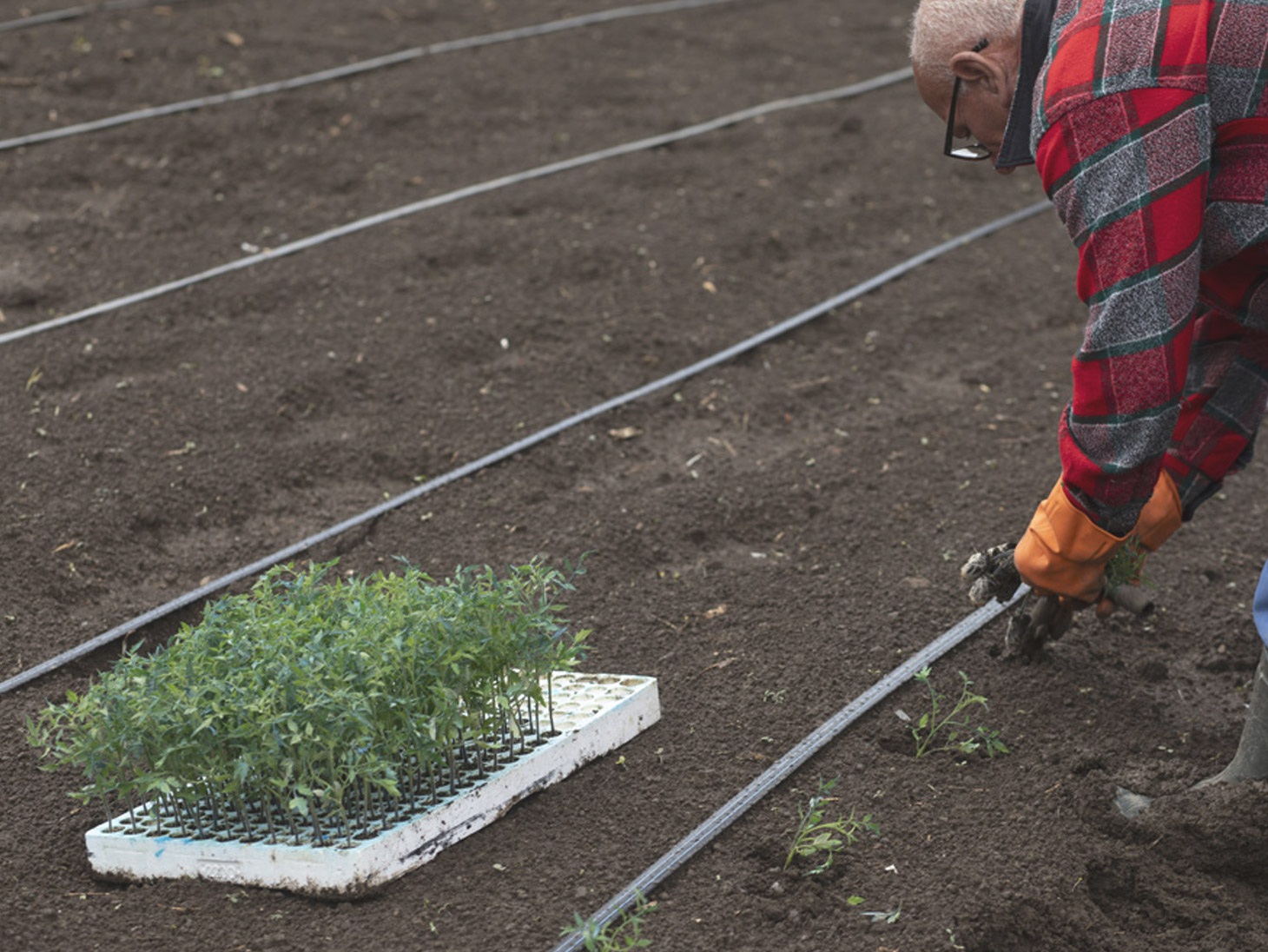
Casa Marrazzo is an artisan family-run business that aims to preserve and innovate the tradition of preserves, deeply linked to the culture of the Agro Sarnese Nocerino area, the valley that stretches from Vesuvius to the Gulf of Naples, between the sea and the Lattari mountains: the land of San Marzano. We started working last October with Teresa - a strong woman, deeply tied to her family company and to the social ground where they live - and we chose to begin with their most iconic product, San Marzano DOP, and a few other tomato references.
But Casa Marrazzo actually produces several lines of preserves, in addition to tomatoes: a wide range of vegetables, all processed from fresh, all inspired by the most authentic traditions of South of Italy and all produced with respect for the people who work in the company and for the environment - clean energy, recycling of water and packaging, electric means for sourcing raw materials.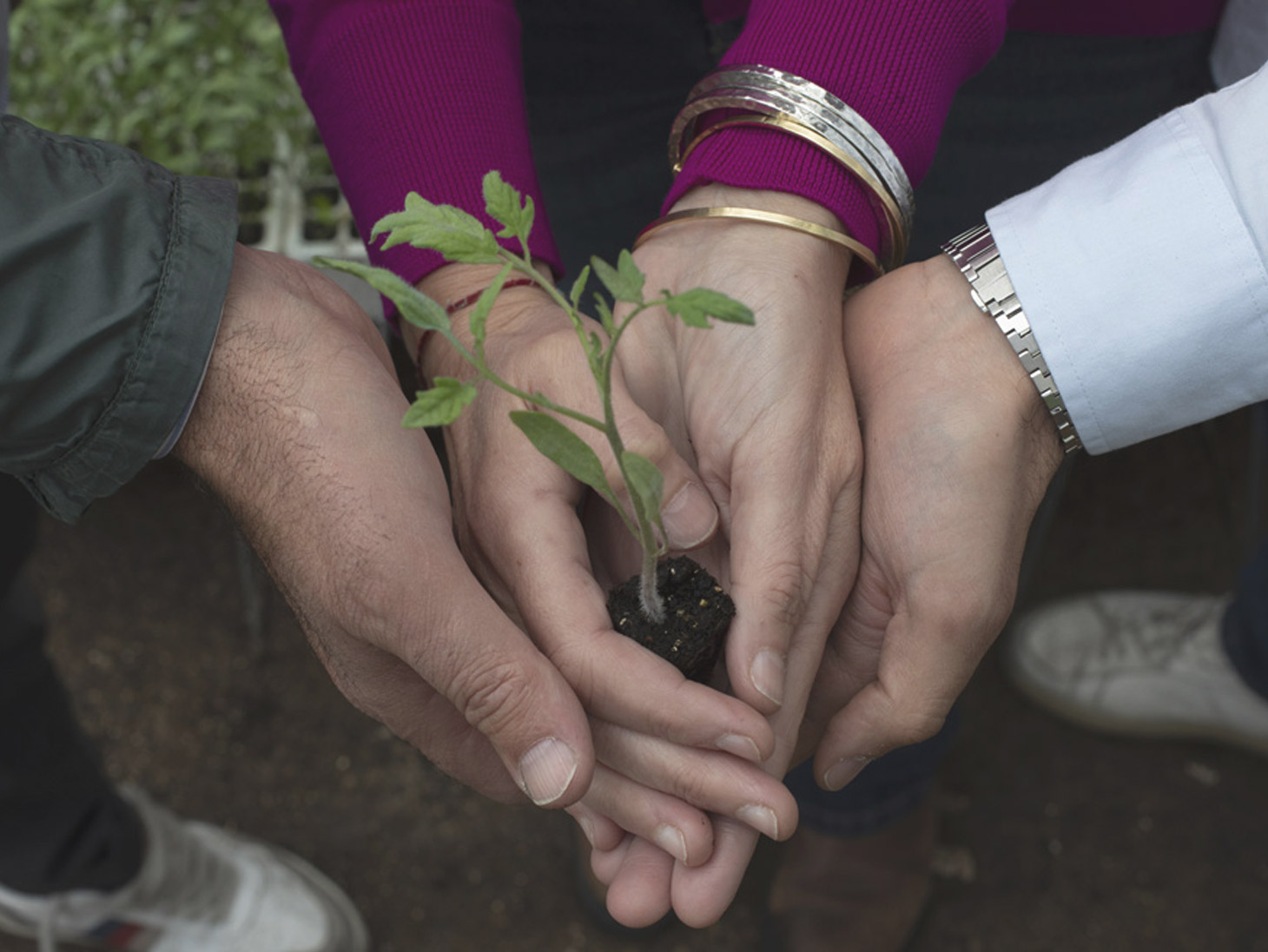
When we arrive in Pagani, in the province of Salerno, where the Casa Marrazzo plant is located, we are welcomed by Gaetano. We are then joined by Teresa and Gerardo, who introduce us to all the staff in the offices. We immediately feel "at home" – “Casa Marrazzo” means “Marrazzo’s home” - in a company where values are deeply rooted: family first and foremost, but also respect for the land, traditions and people.
A very structured visit awaits us, with several stops, following the San Marzano lifecycle. The first meeting is at a seed company, Topseed, which is involved in seed selection and genetic improvement, with the aim of increasing, for example, plant resistance to reduce treatments. Two ecotypes are allowed by the PDO regulation for the cultivation of Pomodoro San Marzano dell'Agro Sarnese-Nocerino DOP.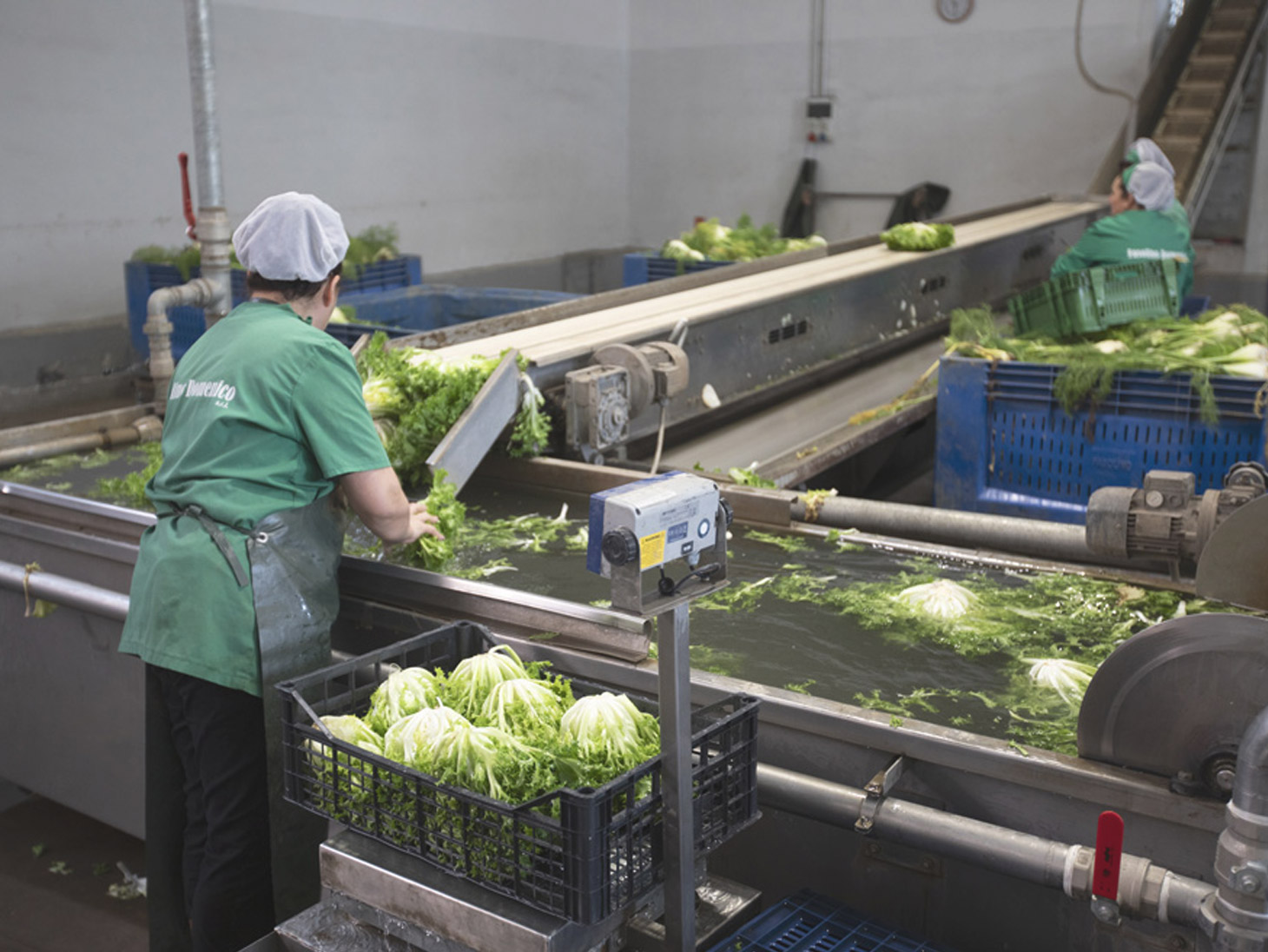
The seeds must be reserved by the end of December, according to the production schedule, and are delivered directly from the seed company to a specific plant nursery by mid-February for planting. According to specifications, San Marzano seedlings must in fact be transplanted into the fields in April, by the first week of May at the latest.
This is our first time to a seed company: “first of all the fruits are planted in different fields in Italy to obtain the seeds, which are then extracted, washed and dried in desiccators; the seeds then pass to the laboratory where they are cleaned, removing those that do not conform in color and size, and graded; finally they go through quality control, to check, for example, their germinability, which must be at least 85%” - explain us the lady who accompanies us on the visit.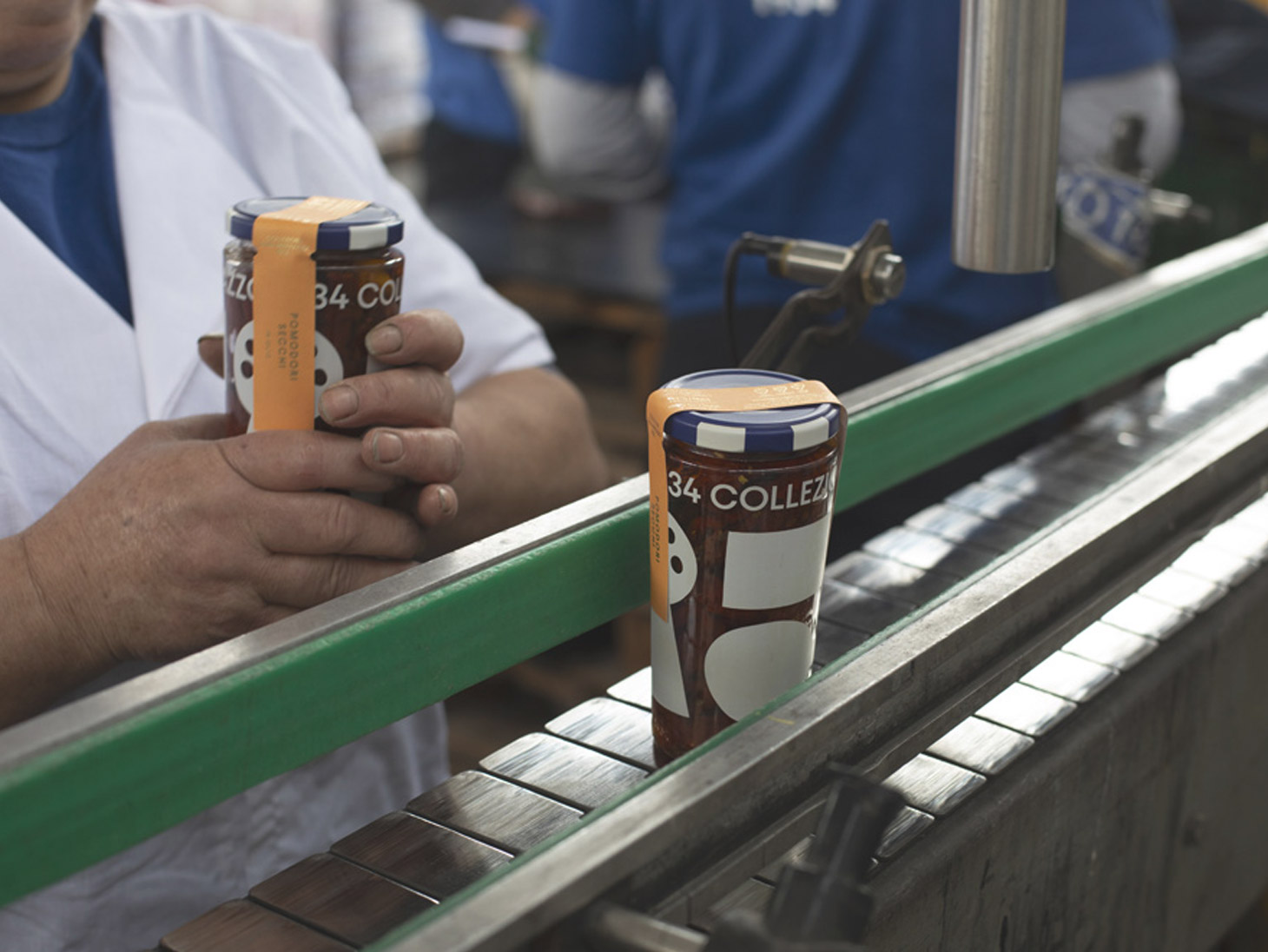
Following the San Marzano lifecycle, we move to the plant nursery: here the seeds are planted in trays and allowed to germinate in the greenhouse for 35 to 40 days. At that point the seedlings will be ready for transplanting, which should take place within a maximum of ten days. We then move to the fields, together with Carmine, by Fasolino Domenico farm, who oversees the cultivation of tomatoes and all other vegetables for Casa Marrazzo: 3 hectares of property around Pagani and 30 more hectares in southern Italy, mainly in Puglia, Sicily and Calabria, but also in Tuscany.
The non-owned fields are managed through supply chain agreements and directly oversaw by Casa Marrazzo agronomists. Carmine tells us that from January to April the fields rest, after the tomatoes only the lettuces are planted. We happened to be at the right time to witness the transplanting of San Marzano, postponed this year due to the cold weather of the last few days.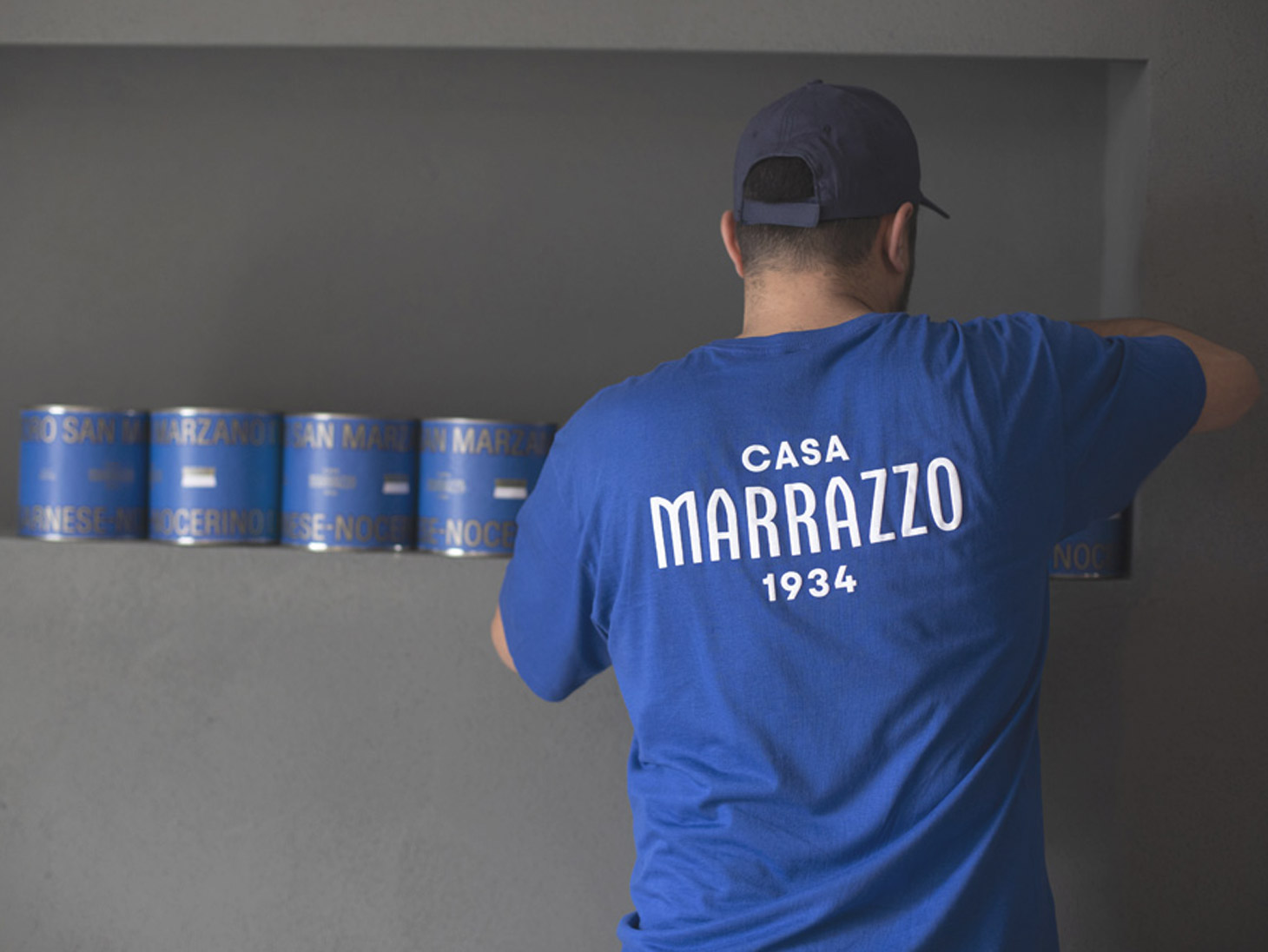
With Vesuvius in the background, Ciro looks at us suspiciously as we photograph him transplanting seedlings one by one: "40 cm between one seedling and another, every four seedlings a pole, then when they grow we put wire to help the plants to growth in hight". The tomato harvest is done by hand, following the ripening of the fruit, from bottom to top: each row is harvested for 2-3 times between end of July and end of September, every 10-15 days to let the fruits mature on the plant.
Once harvested, the tomatos arrive from the fields in 25-30 kg crates, are washed with water and citric acid to reduce oxidation, then re-crated and transferred to the Casa Marrazzo plant. Here, in the harvesting season, about 40 tons per day of tomatoes are processed. The tomatoes go first through the optical sorter, which eliminates the defective black or green ones, but the final inspection and cleaning is done manually by the ladies from Pagani village, according to their experience.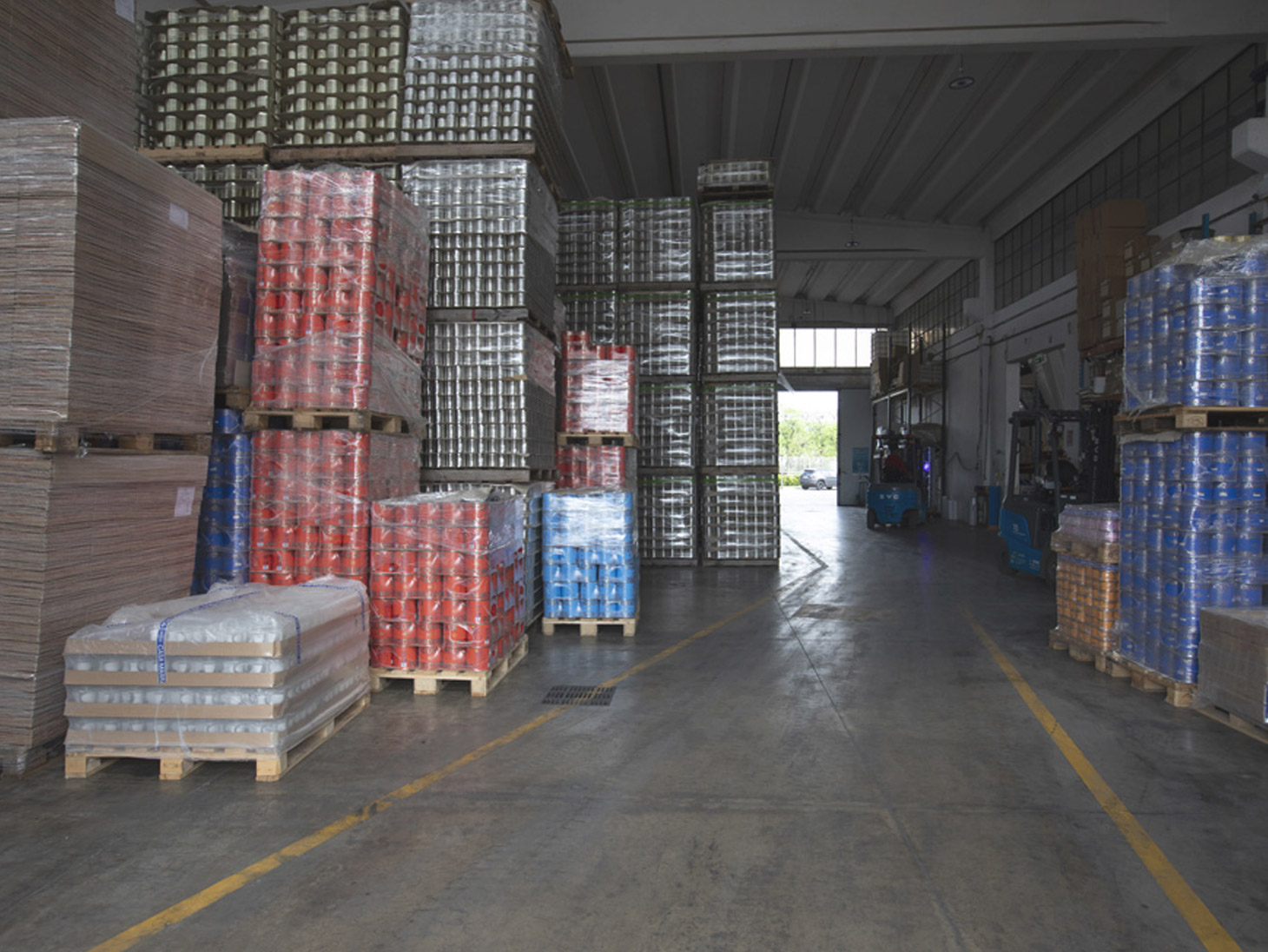
The fruits rest 12 hours before being processed. Smaller tomatoes, or those that break during processing - not the defective ones - are pureed and vacuum-cooked at 75 degrees in boules to make juice, while the larger ones are only mechanically peeled. These are the only two "hot" processes: the peeled tomatoes are in fact canned raw, by hand, covered with juice and cooked in tins.
"It is precisely hand-potting that ensures a very high yield of drained weight, around 80%" - Gaetano tells us. We conclude our visit with the “Ode al Pomodoro”: a comparison tasting of three peeled tomatoes: San Marzano DOP, Pelato Napoli and Pelato Bio. It is amazing how many differences can be picked up in a comparison tasting of even a "simple" product like a peeled tomato.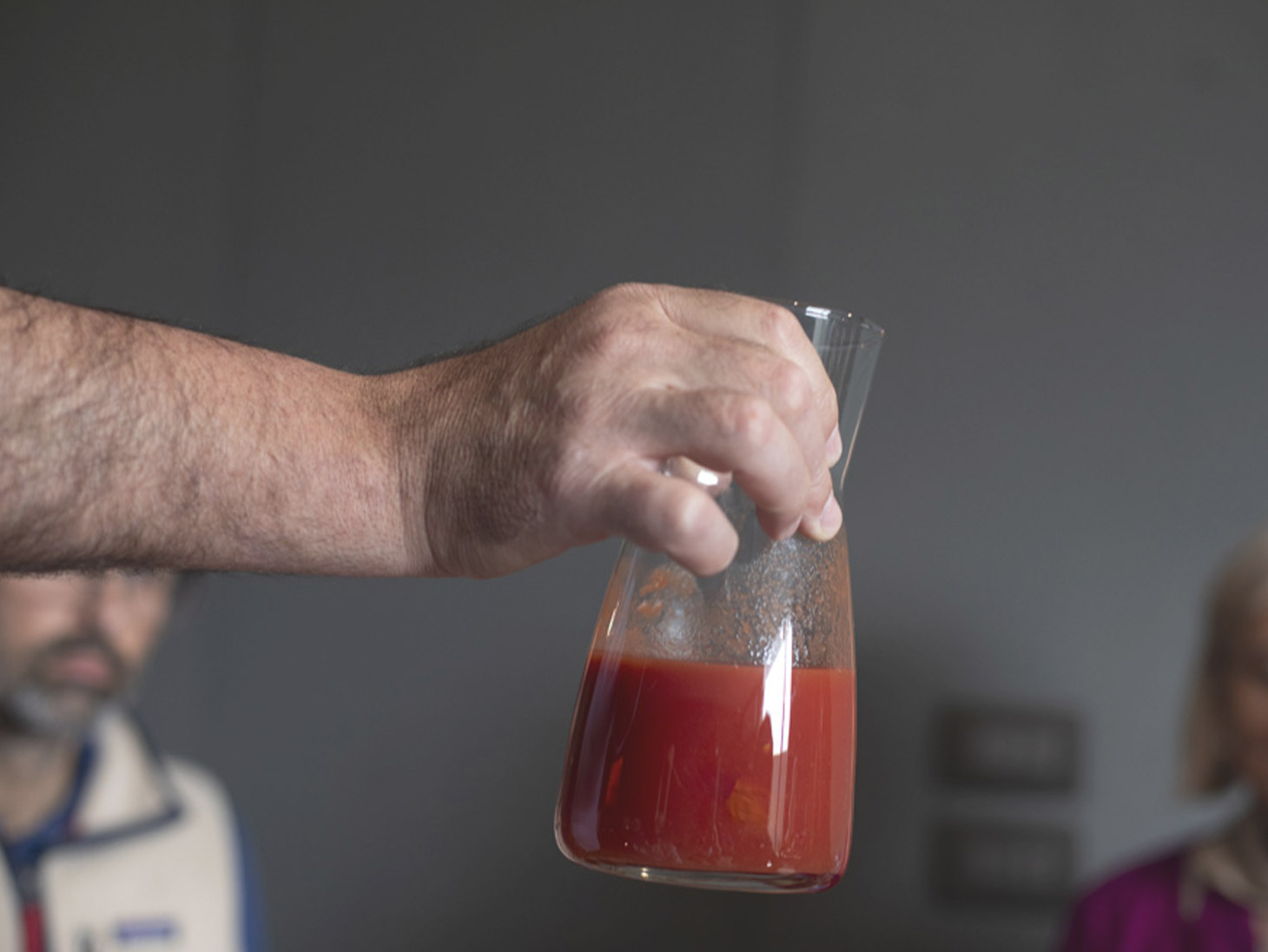
The explanation lies in the different types of soil, which we find in the trays on the table, not just the variety, Gerardo explains. San Marzano is grown on volcanic soils, rich in groundwater, Pelato Napoli in the area between Nola and Caserta, while the Bio on more clayey soils, in Tuscany and Puglia. Before we leave, we have to shoot the cover photo.

In the background the beautiful blue cans of San Marzano: Gerardo and Gaetano are passionate about design, and it is pretty evident. The 1934 Collection jars, which we will present to you in the fall, also won the prestigious "Diamond Awards" for packaging design in 2023. The chemistry between Uncle Gerardo and Gaetano is remarkable. But indeed, to stand up to a mom or a sister like Teresa, a male partnership is definitely needed!!!



